Mashiko Town in Tochigi Prefecture is one of the leading producers of ceramic in the Kanto region. Kilns were established here around 300 years ago and a wide variety of pottery has been produced, from daily necessities to works of art. It is also the town where Shoji Hamada (1894-1978), a potter registered as a holder of Important Intangible Cultural Property (Living National Treasure), lived for over 50 years. In spring and fall, the Mashiko Ceramic Art Market is held where visitors can meet the potters directly. There are also many facilities where visitors can try pottery making using a potter's wheel or hand-building(Tebineri).
Kominka Furuki
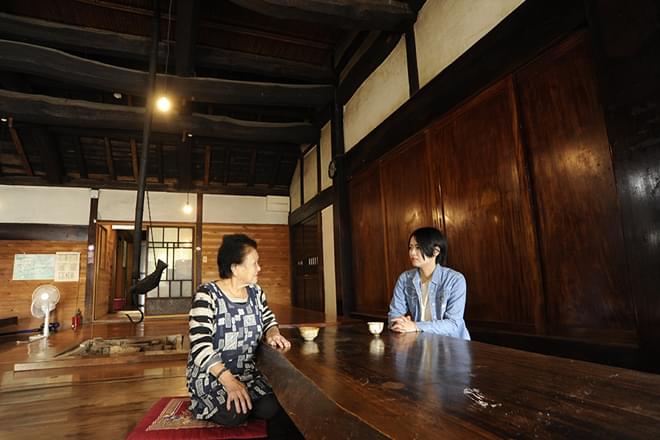
On the grounds of the Mashiko Ceramic Art Club where visitors can try pottery making, you can also find a traditional Japanese house with a unique lodging facility. The house is a 300-year-old headman's residence that was relocated from Ibaraki Prefecture, and the size of the house suggests the wealthy lifestyle of the headman at that time. The rooms do not have keys, so it is recommended that a group of families and friends rent out the house for their own stay. The Mashiko Pottery Club has many foreign staff members who can assist you with your pottery making experience. Immerse yourself in the feeling of being a potter and enjoy making your own pottery.
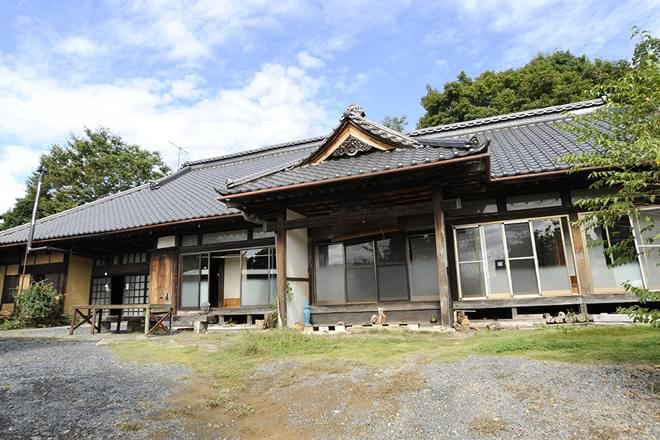
Bath and toilet are shared. The kitchen for self-catering is well stocked with cooking utensils and "Mashiko-yaki" pottery. There are also BBQ facilities and a pizza oven outside the building, where you can enjoy cooking your own meals together by purchasing local vegetables and ingredients.

There are seven guest rooms. If the house is reserved for a private party, the sliding doors and shoji screens can be left open. The deeper you go from the entrance, the more prestigious the rooms become. The height of the floor becomes higher, and the construction of Ranma and Tokonoma (alcove) becomes more luxurious. This inn is perfect for spending time immersed in an old Japanese farming village.
- Name:
- Kominka Furuki
- Address:
- 3288-6, Mashiko, Mashiko-machi, Tochigi
- Phone number:
- 0285-72-3866
- Email:
- furuki@mashiko-tougei-club.jp
- Fee:
- Accomodation with half-day pottery making class from 7,300 yen
Yamani Otsuka
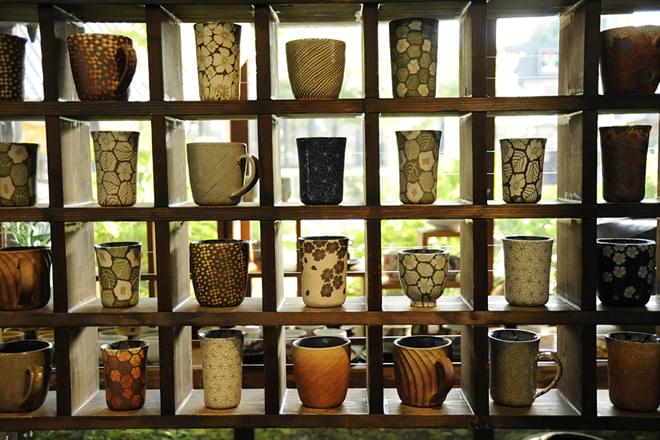
Johnaizaka is one of the places you must visit when you come to Mashiko. There are many pottery stores lining the street so you can wander around and look for your favorite piece. Among them, Yamani Otsuka has a wide variety of works by about 100 artists, and is recommended for those who want to take their time to look for the right piece. The store also has many gallery spaces and the gallery on the second floor of the main store holds solo exhibitions of popular domestic and international artists, group exhibitions of leading contemporary artists, as well as art auctions twice a year.
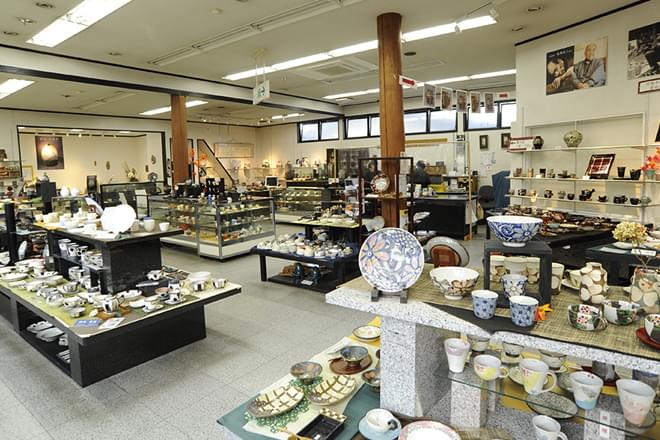
Across the street from the main store is the sister store "Craft Yamani" featuring works by popular artists. The store also displays the works of Shoji Hamada, a living national treasure and a ceramic artist who made pottery in Mashiko for 50 years. It is highly recommended to visit the store and take a look at the works of this artist.

At the workshop on the premises, you can try pottery making by hand using a potter's wheel, hand-building (Tebineri), and painting. The explanations are given in Japanese, but you can be assured that the staff will carefully show you how it is done. If you live in Japan, you can have the finished work sent to you later.
- Name:
- Yamani Otsuka
- Address:
- 88 Jouchizaka, Mashiko-machi, Tochigi
- Phone number:
- 0285-72-7711
- Email:
- info@yamani-otsuka.co.jp
- Hands-on experience:
- 2,500 yen for Rokuro (potter's wheel), 2,500 yen for Tebineri (hand-building), 900 yen and up for cups for painting (all prices do not include firing fee and shipping fee. Delivery and firing of works are available for residents in Japan only).
Tonoike Shuzo
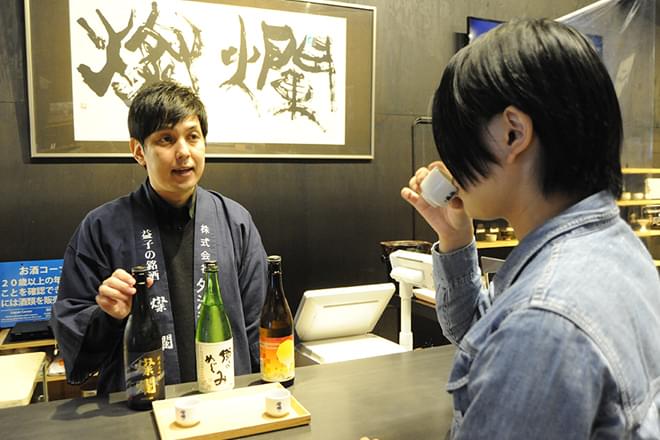
Tonoike Shuzo is a sake brewery founded in Mashiko in 1937. Using water from the Nikko mountain range drawn from a well on the premises as brewing water, the company brews high quality sake under the leadership of the chief brewer Makoto Ono. Ono is certified as both a Shimono Touji and Nanbu Touji. Shigeki Tonoike, the third-generation president of the company, aims to create "beautiful sake" that is free of any cloying taste and has the original flavor, acidity, and aroma of rice. The signature brand "Sanran" Daiginjo has won the gold medal at the Annual Japan Sake Awards (Zenkoku Shinshu Kampyokai) for eight consecutive years, and has also won numerous awards overseas.
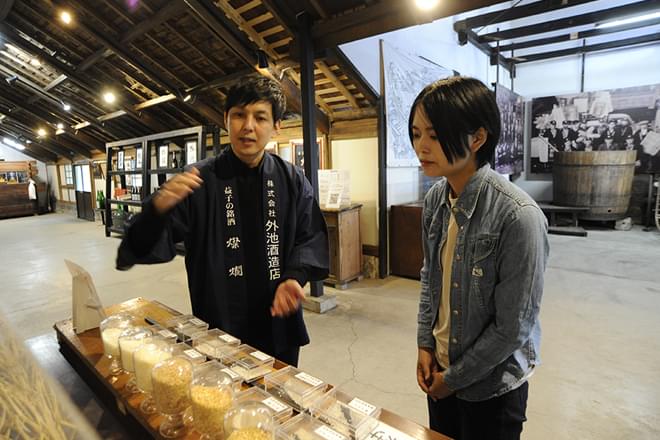
The museum exhibits materials in an old warehouse and provides detailed explanations of sake brewing tools and the brewing process, which is recommended for those who would like to learn more about sake. After the tour, sake lovers will be able to enjoy a tasting of some of the most popular brands. (For hygiene reasons, the actual production site cannot be observed.)
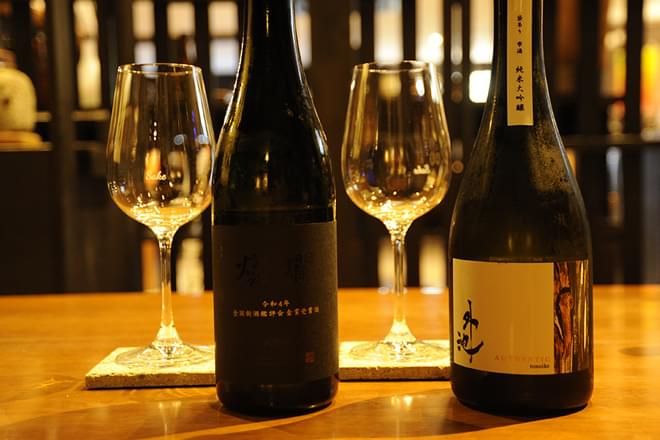
Sake tasting is available in wine glasses and Mashiko-ware sake cups at the museum's café. The sake tasting is a great way to experience the aroma and taste of different types of sake, such as Daiginjo and Junmai Daiginjo, which have dramatically different characteristics depending on the method of production. The store also sells food products made from sake.
- Name:
- Tonoike Sake Brewery
- Address:
- 333-1 Hanawa, Mashiko-machi, Tochigi
- Phone number:
- 0285-72-0001
- Activities:
- Sake brewery tours (reservation required): 1,000 yen, sake tasting: 500 yen and up
Japanese Cuisine Soma

The dishes prepared by Yusuke Terakata, who was trained at a Japanese-style restaurant in Akasaka, Tokyo, are beautiful to the eye and generous in volume. The restaurant uses mostly local products, such as Mashiko rice, organic vegetables, Tochigi brand pork, eggs, and locally brewed sakeserved in Mashiko-ware dishes. "Mashiko rice is grown in mountain water, so the grains are small but very tasty," says Terakata. Fresh fish shipped directly from Akashiura in Hyogo Prefecture is also popular. The restaurant offers a variety of set menus that allow customers to enjoy both meat and fish.
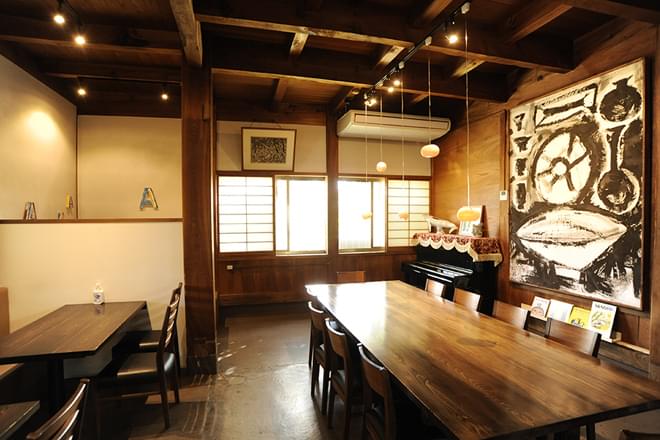
The interior of the restaurant has a sophisticated atmosphere decorated with paintings and sculptures. You can enjoy sipping sake with your favorite Mashiko-ware sake cups lined up on the shelves. Terakata says, "Being a ceramics villages, Mashiko is unique in that there is a lot of interaction with artists."

The Terakata family used to be in the lumber business, so the building and tables are made of zelkova, pine, and other fine woods. Another feature is that the buildings are constructed using traditional methods without using nails, just like shrines. The beautiful wooden ceiling inside the restaurant is also a must-see.
- Name:
- Japanese Cuisine Soma
- Address:
- 2068-1, Mashiko, Mashiko-machi, Tochigi
- Phone number:
- 0285-72-0931
Yoshimura Farm

Tochigi Prefecture is one of Japan's leading strawberry production areas. Production began after World War II and for more than 50 years, Tochigi has had the largest strawberry harvest in Japan. Tochigi's strawberry varieties such as "Tochiotome" and "Nyoho" are very popular throughout the country. You can enjoy Tochigi's strawberries to the fullest by participating in "strawberry picking" at a farm. Yoshimura Farm in Mashiko Town offers strawberry picking from December to May, and since the service is available in English, it has become a popular spot for foreign visitors.
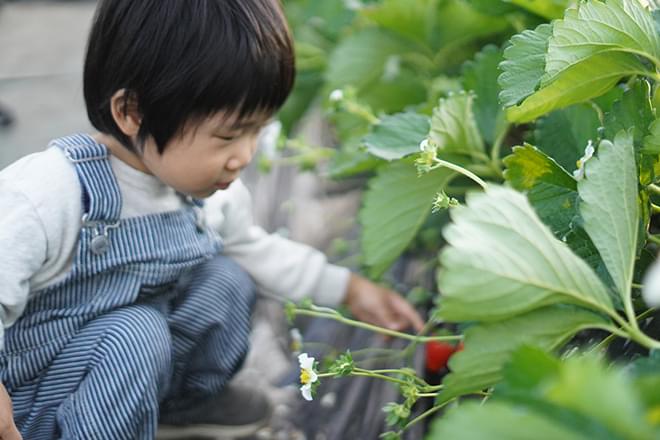
Yoshimura Farm grows 11 varieties of strawberries, including rare varieties. The white Milky Berry strawberry is highly recommended. Since this variety is prone to disease, they are carefully grown and their condition is checked every day.

To prevent the spread of Covid-19, visitors are required to wear masks and gloves inside the greenhouses. There are areas outside the greenhouses where visitors can eat the strawberries they have picked. You can go in and out of the greenhouses as many times as you like and pick as many strawberries as you like. You can enjoy the farm's specialty strawberries to the fullest.
- Name:
- Yoshimura Farm
- Address:
- 520 Hanawa, Mashiko-machi, Tochigi
- Phone number:
- 0285-72-8189
- Open:
- December 1 to mid-May
- Activity:
- Strawberry picking: 2,300 yen in December, 2,200 yen from January to March, 1,800 yen from April to May

